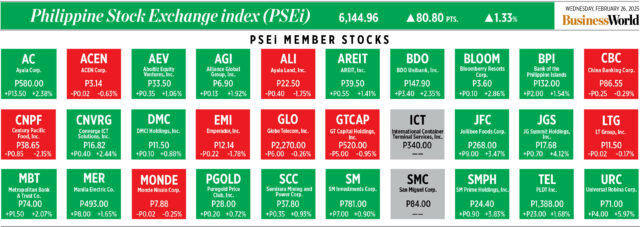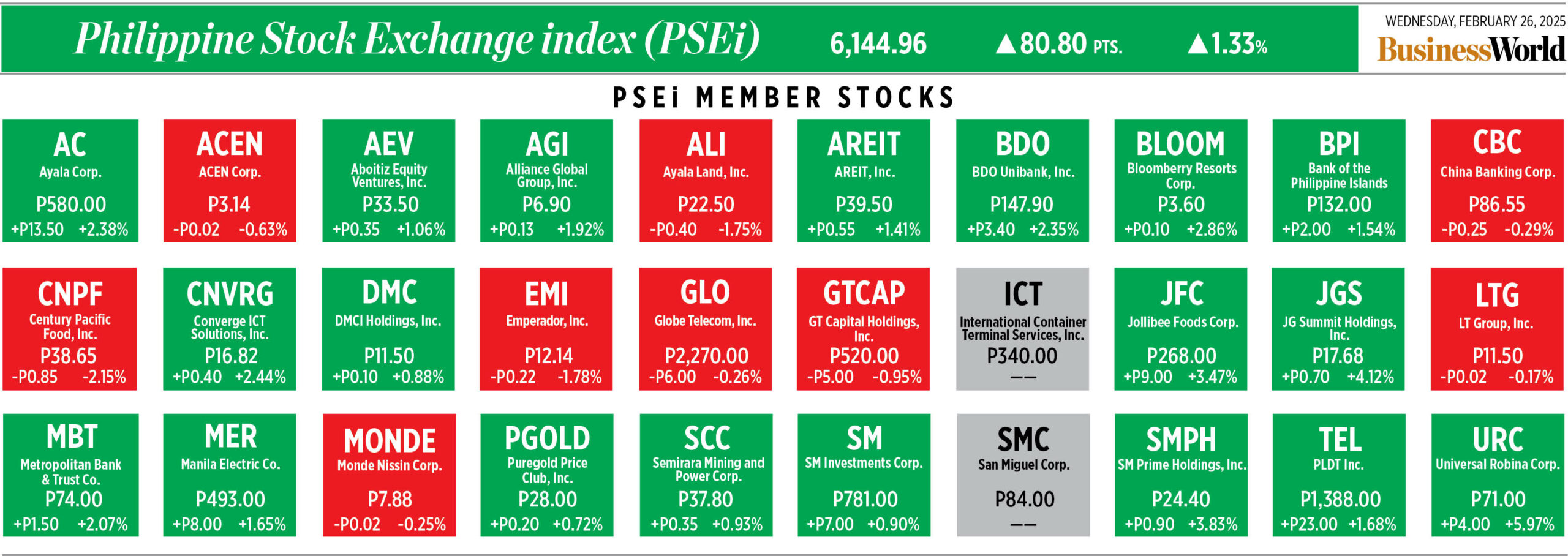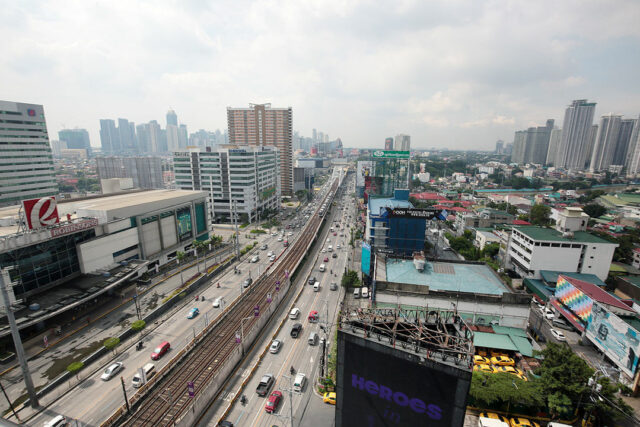BENCH ACCOUNTING, like many financial technology (fintech) startups, had ambitions to shake up a boring but important corner of finance — in this case, bookkeeping for small businesses.
It racked up more than 10,000 clients in a little over a decade, and seemed well on its way. Yet that wasn’t fast enough to make it the hot fintech it aspired to be when it raised over $100 million in venture capital (VC) financing. In a final push to improve its business, Bench turned to tech’s favorite new go-to: AI. It laid off staff and introduced new automation programs, including a bot named BenchGPT.
It all culminated in nothing short of a disaster, punctuated by a troubled 2023 tax season when the company needed to request extensions for many of its clients, according to former employees. The next year was no better. As 2024 ended, Bench told clients it couldn’t handle their books. This January, the company filed for bankruptcy, hammering investors including Contour Venture Partners, Bain Capital Ventures and Inovia Capital. Its customers were temporarily left in limbo until an acquirer agreed to buy its assets and revive the business.
“It’s literally days before yearend and I don’t know what my books look like,” former Bench client Sam Plester, chief executive officer (CEO) and founder of Mission Brands Consulting in Madison, Wisconsin, said during an interview in December, adding that he had to pay a different firm to redo his books.
Bench’s downfall is a cautionary tale for companies in a hurry to use AI to transform their business. The episode capped a year of ugly headlines for once-promising fintechs that were VC standouts — and are now learning that there’s virtually no margin for error when dealing with financial services. As the bankruptcy works its way through a Vancouver court, KSV Restructuring Inc., the trustee retained to oversee the proceedings, expects almost all investors to be wiped out. Bench’s most senior creditor, National Bank of Canada, is expected to get only a fraction of what it lent back, according to court filings.
One serial acquirer saw Bench’s closure as an opportunity. Jesse Tinsley, co-founder and CEO of Employer.com, reached out to the Bench team on the day of the closure announcement to place his bid for the company’s assets. He won the deal and promised to honor all customer contracts by rehiring bookkeepers and taking a back-to-basics approach. “If you just look at the simple nuts and bolts of it, you can run this business well, especially if you don’t have the financial pressure of VC or private equity funding,” said Gary Levin, co-founder and chief strategy officer of Employer.com. The deal, terms of which weren’t disclosed, is expected to close this quarter pending court approval.
This account of Bench’s challenges is based on interviews with more than a dozen current and former executives, employees and investors in the company who asked not to be named discussing its internal affairs, as well as documents provided by them.
INTERNAL CHALLENGES
By late 2021, former Bench executives say the company was garnering $35 million in revenue and growing 40% annually. Yet, it still wasn’t profitable; its automation efforts required investment, and the small business segment is marked by notoriously high turnover rates, meaning it lost clients from closures. Bench wasn’t demonstrating the traits of a venture success story. It wasn’t a hypergrowth, high-margin software business, the type of metrics that hold the potential for a public stock listing.
Despite this, Ian Crosby, co-founder and former CEO of Bench, was in talks that year to receive an acquisition offer valued between $200 million and $300 million from business banking startup Brex, technology publication Newcomer reported. He used the offer as an opportunity to pitch his board on a new path forward: He would conduct another fundraise and use the money to take a bigger bet — an expansion into banking services. The board agreed and in June 2021 Bench announced it had raised $60 million of blended equity and debt financing in a round led by Contour Venture Partners with participation from Altos Ventures, Inovia Capital, Shopify and Bank of Montreal.
With fresh cash in the bank, Bench tripled the size of its engineering, product and design team to build the next iteration of the business. It began burning through that cash — spending about $1.5 million per month at its peak, according to a former executive. A few months after the 2021 funding round closed, board members approached Mr. Crosby with concerns, according to people familiar with the discussions. Instead of straying too far from the core bookkeeping business by expanding into banking services, board members thought Bench should use the new funding to focus on achieving profitability. The board insisted the goal should be slashing one of the company’s biggest expenses: bookkeepers, the same people said.
In the months following the June funding round, Mr. Crosby and board members clashed over whether to continue gradually automating processes, bet big on automation or move ahead with the expansion into banking services, according to former executives. On Dec. 1, 2021, Mr. Crosby was removed as the company’s CEO, according to people close to the discussions. He declined offers to stay on the board or take a different executive position and exited the company, they said.
In August 2022, Bench Chief Financial Officer Jean-Philippe Durrios was promoted to CEO. By this point, a significant portion of the $30 million in series C equity funding had been spent, according to people familiar with the company’s operations. Mr. Durrios did not respond to requests for comment.
AI ROLLOUT
Mr. Durrios’ tenure was defined by an intense focus on profitability, according to former executives. In the first two years under his leadership, Bench’s 613-person staff underwent multiple rounds of layoffs. By the time it filed for bankruptcy, Bench had 413 employees.
In mid-2023, Mr. Durrios implemented a strategy designed to increase the efficiency of the bookkeepers by splitting them into specialized teams and arming them with AI tools. Under the new model, associates took over client communications despite no longer performing the bulk of the bookkeeping services themselves. The number of clients they were responsible for swelled from the 70 or so they handled completely, to roughly 200 for which they only fielded questions, according to former employees. Shortly after the reorganization, about 40 bookkeepers were laid off, a former executive said, adding strain to the implementation.
Bench hired outsourcing firm HJS Accountants and promised that upcoming AI product launches would make everything run smoothly. One of these new programs was called BenchGPT, an internal tool for employees to ask questions about client needs. The tool proved to be unreliable, according to a former employee. Bench launched a similar chatbot tool for clients designed to help with expense categorization, but it was often inaccurate and its entries needed to be manually fixed, two employees said. HJS Accountants did not respond to a request for comment.
As with most AI product launches, the tools gradually improved, but weren’t live in time to support the pared-down bookkeeping team for the 2023 tax season, according to former employees. For that year, Bench was unable to meet filing deadlines and requested extensions for a significant portion of its clients, the same people said. The company needed to rehire bookkeepers, adding additional financial pressure.
Meanwhile, people familiar with the company’s operations say Bench was frequently facing cash shortages and leaned on bridge rounds of venture funding and debt to continue operating. During Mr. Durrios’ tenure, Bench paid off its debt from Bank of Montreal and obtained an increased credit line from National Bank of Canada, the same people said.
Last fall, Mr. Durrios told the board that the business needed money again. They responded with additional funding and sent Adam Schlesinger from Inovia Capital to evaluate the state of the business. In October, Mr. Schlesinger was appointed to replace Mr. Durrios as CEO while the board searched for a buyer for Bench. However, Bench had breached terms attached to its line of credit, according to people who were present and asked not to be named discussing confidential information.
On Dec. 27, Bench posted to its website that it was closed for business and recommended clients turn to a competitor, Kick. In January, Bench Accounting Inc. and 10Sheet Services Inc., which operated as a consolidated business, filed for bankruptcy with an accumulated deficit of $135 million, according to a report by the trustee, KSV. National Bank of Canada did not respond to requests for comment. Bank of Montreal declined to comment. — Bloomberg
















